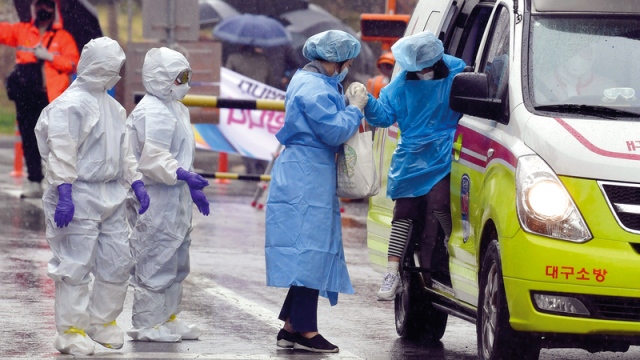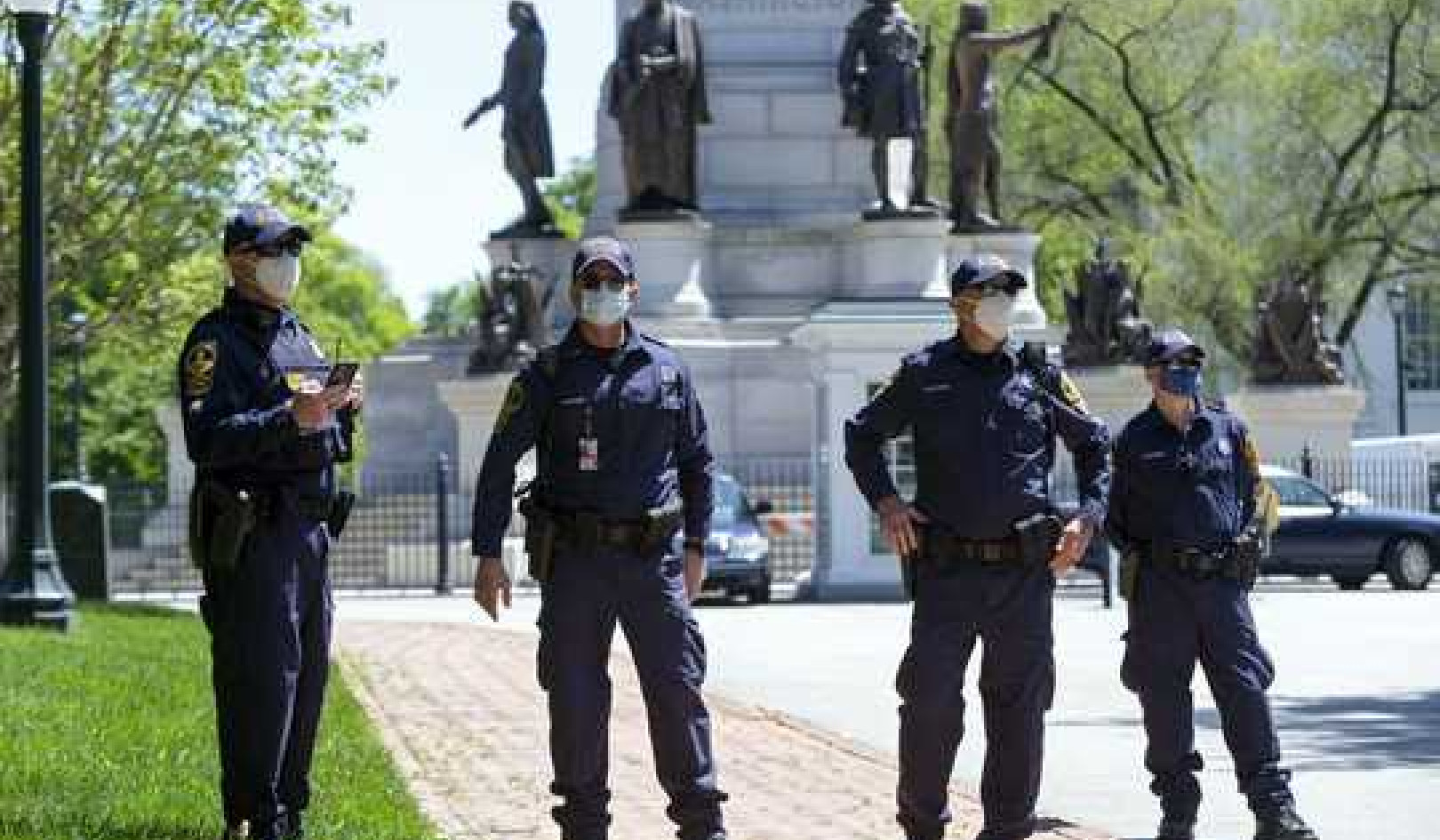
One month after what is now the coronavirus pandemic was declared a “public health emergency of international concern”, it is now causing disruption all round the world on an unprecedented scale. National governments have taken different approaches to tackling this crisis and these choices have affected the virus’s course in different ways, with various implications.
China
The outbreak started in the city of Wuhan and rapidly spread. The Chinese authorities took drastic action relatively early when there were about 500 known cases. They built new hospitals in an attempt to prevent the health system becoming overwhelmed. But even so health workers were overstretched and many became infected.
The government also introduced rigorous public health measures to reduce personal contact, including stopping movement out of Hubei province, stopping local public transport, shutting schools, staggering working hours, strictly limiting movement out of homes and the numbers of people in restaurants or shops. These social distancing measures worked and by February the number of new cases had slowed down and has now almost stopped.
Shortly after the outbreak started, a few cases were seen in other parts of China, and very rapidly similar public health measures were instituted there. As a result, epidemics were prevented in those cities and the number of cases in them has stayed very low. This shows that the epidemic can be contained.
Neighbouring Asian states
Japan, Taiwan, Thailand, Singapore and Hong Kong also took drastic public health measures when they had identified just a small number of cases. These are places that had witnessed the outbreak of the similar disease SARS in 2002-2003. So far, they appear to have prevented explosive outbreaks this time.
The question now facing authorities is at what point can the control measures be relaxed. Because only a small proportion of the population in each country has been infected, the majority remain vulnerable. If restrictions are stopped too early, the epidemic may resurge and it will be difficult to reimpose quarantine. If measures go on too long, the people and economies will suffer in otehr ways.
South Korea
One exception in the region was South Korea, where the number of cases initially rose very rapidly. This was possibly linked to a “superspreading” event that saw one person infecting hundreds if not thousands of people, related to a church that some have accused of being a cult. However, the country then put in place the world’s most extensive regime of testing and tracing potential sufferers, and the subsequent containment measures are now starting to take effect.
Iran
A similar superspreading event, possibly linked to a religious gathering, seems to have taken place in Iran, accelerating spread of the virus after it was reportedly brought to the country by a merchant returning from China. The authorities have been criticised for allegedly trying to suppress information about the spread of the virus and not instituting containment measures soon enough. Iran now has one of the highest number of cases outside China and the virus continues to spread.
Italy
The infection seems to have circulated unnoticed in northern Italy for some time, allowing the virus to spread widely and leading local hospital services to become overwhelmed. Strict control measures were instituted in a few areas of northern Italy, although they were not as stringent as those in China.
But it wasn’t enough to stop continued transmission, so the government quickly extended those measures to the whole country. At the time of writing this article, it was too early to start to see the effect of these measures, which will probably take 10-12 days to have an impact.
Western Europe
The number of cases has risen rapidly in France, Germany, Spain and Switzerland . Social distancing measures are now in place, with more than 100 million people under lockdown. In the UK, numbers of cases have not risen so fast and fewer restrictions have been put in place so far.
These countries are hoping to emulate the control achieved in China. But without case finding, rigorous diagnostic testing, identification of contacts, and isolation of cases and contacts, the measures in place are more likely to slow the outbreak rather than to contain it.
The rationale here is that by reducing transmission and thereby flattening the epidemic curve and spreading cases out over time, there will be less pressure on health services and less disruption caused by the epidemic. In effect, this is a balancing act between causing only as much social disruption as is necessary to ensure that the health service can still operate efficiently.
United States
The US has been slow to develop and distribute an accurate coronavirus diagnostic test in adequate numbers, and the national response has been sluggish and uncoordinated. Individual cities are starting to introduce strict social distancing measures. Meanwhile the epidemic has spread widely to every state, with increasing numbers of cases, inequitable access to healthcare and subsequent deaths.
Conclusions
For governments to institute effective public health control measures they need the support and compliance of the general public. If the public do not comply then the measures will fail. For example if bars and pubs are closed but people simply congregate and drink in private houses, then the necessary social distancing won’t be achieved.
In countries aiming to slow rather than stop the epidemic, more of the population will be infected over a longer period of time, but this means more will have developed immunity if further waves of this infection occur. Whatever strategy is adopted there is a role for all of us to play in protecting ourselves and our fellow citizens.![]()
About The Author
Jimmy Whitworth, Professor of International Public Health, London School of Hygiene & Tropical Medicine
This article is republished from The Conversation under a Creative Commons license. Read the original article.
Related Books:
The Body Keeps the Score: Brain Mind and Body in the Healing of Trauma
by Bessel van der Kolk
This book explores the connections between trauma and physical and mental health, offering insights and strategies for healing and recovery.
Click for more info or to order
Breath: The New Science of a Lost Art
by James Nestor
This book explores the science and practice of breathing, offering insights and techniques for improving physical and mental health.
Click for more info or to order
The Plant Paradox: The Hidden Dangers in "Healthy" Foods That Cause Disease and Weight Gain
by Steven R. Gundry
This book explores the links between diet, health, and disease, offering insights and strategies for improving overall health and wellness.
Click for more info or to order
The Immunity Code: The New Paradigm for Real Health and Radical Anti-Aging
by Joel Greene
This book offers a new perspective on health and immunity, drawing on principles of epigenetics and offering insights and strategies for optimizing health and aging.
Click for more info or to order
The Complete Guide to Fasting: Heal Your Body Through Intermittent, Alternate-Day, and Extended Fasting
by Dr. Jason Fung and Jimmy Moore
This book explores the science and practice of fasting offering insights and strategies for improving overall health and wellness.
care
























